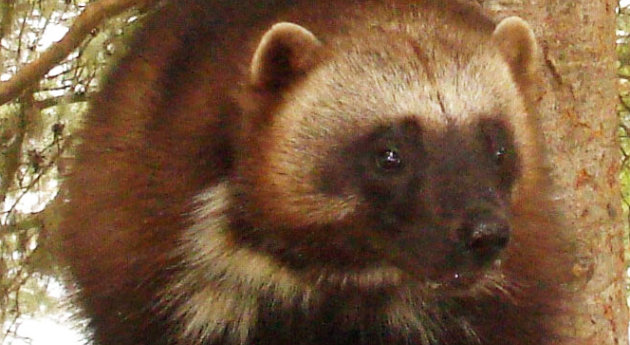
Federal wildlife officials
on Friday will propose Endangered Species Act protections for the
wolverine in the lower 48 states, a step twice denied under the Bush
administration.
The Associated Press obtained
details of the government's long-awaited ruling on the rare and elusive
animal in advance of Friday's announcement.
There are only 250 to 300 wolverines in the contiguous U.S., clustered into small, isolated groups primarily in the Northern Rockies of Montana, Idaho, Wyoming and Washington. Larger populations persist in Alaska and Canada.
Maxing out at 40 pounds and tough enough to stand up to grizzly
bears, the animals will be no match for anticipated declines in deep
mountain snows that female wolverines need to establish dens and raise
their young, scientists said.
Yet because that habitat loss could take decades to unfold, federal wildlife officials said there's still time to bolster the population, including by reintroducing them to the high mountains of Colorado.
Wildlife advocates, who sued to force the government to act on the
issue, said they hope the animal's plight will be used by the Obama
administration to leverage tighter restrictions on greenhouse gas
emissions. As with the polar bear, the government could sidestep that
thorny proposition by not addressing threats outside the wolverine's
immediate range.But a special rule proposed by the Fish and Wildlife Service would allow Colorado's wildlife agency to reintroduce an experimental population of the animals that eventually could spill into neighboring portions of New Mexico and Wyoming.
Federal officials also want to
shut down wolverine trapping in Montana, the only one of the lower 48
states where the practice is still allowed.
In recent years, Montana wildlife
officials have waged court battles against environmentalists who want
to stop trapping. If Friday's proposal goes through after a public
comment period, wolverine trapping would be banned.
Federal officials said other
human activities — from snowmobiling and skiing to infrastructure
development and transportation corridors — are not significant threats
to wolverines and would not be curtailed under Friday's proposal.
Once found throughout the Rocky
Mountains and in California's Sierra Nevada mountain range, wolverines
were wiped out across the Lower 48 by the 1930s due to unregulated
trapping and poisoning campaigns, said Bob Inman, a wolverine researcher
with the Wildlife Conservation Society.
In the decades since, they've
largely recovered in the Northern Rockies but not in other parts of
their historical range, he said.

No comments:
Post a Comment